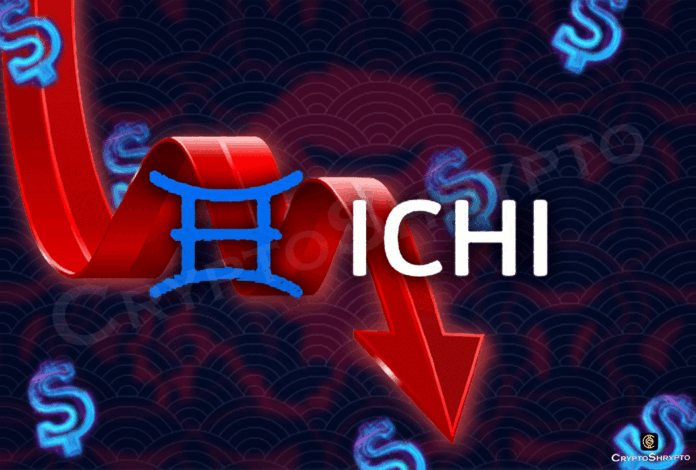On April 11, the price of Ichi, the native token of the DeFi protocol, plummeted, losing the majority of its value. The token, which was worth $143 prior to the meltdown, has now dropped to as low as $1.70, representing a whopping 99 percent loss, before recovering slightly.
Following the incident, some commenters suggested that insiders pulled a “rug pull” and sold a huge portion of their ICHI tokens in their own liquidity pools, causing the token’s price to plummet.
In truth, what occurred was a serious blunder on the part of the crew. A problematic protocol update caused a sharp increase in the price of ICHI, which was quickly followed by a massive fall. In this article, we look at what went so wrong with the protocol that it eventually collapsed, and how this demonstrates how fragile DeFi systems may be.
Ichi is a DeFi system that claims to be “money for all communities” and allows third-party projects to develop their own stablecoins. These stablecoins are known as oneTokens, and they can be created with USDC and wrapped bitcoin as collateral.
Stablecoins (oneTokens) in the protocol maintain a peg to the US dollar through incentivized liquidity pools. This is where the system pays users with tokens in exchange for helping to keep the price around a dollar.
The total value locked onto the Ichi protocol today stands at $31 million, a fraction of the $130 million in assets deposited in its token pools before the catastrophe.
Read more: Ethereum DeFi protocol loses millions: Inverse Finance




